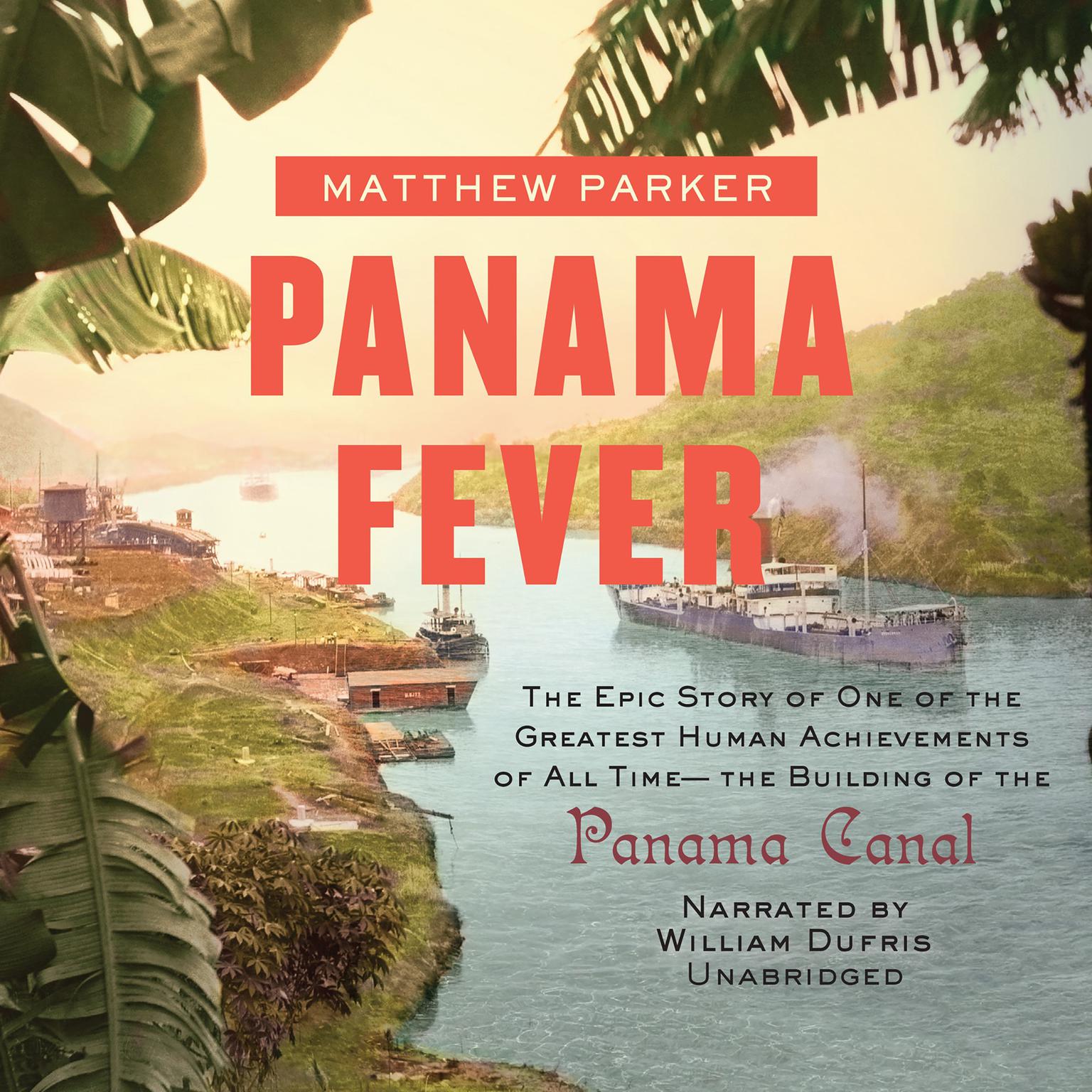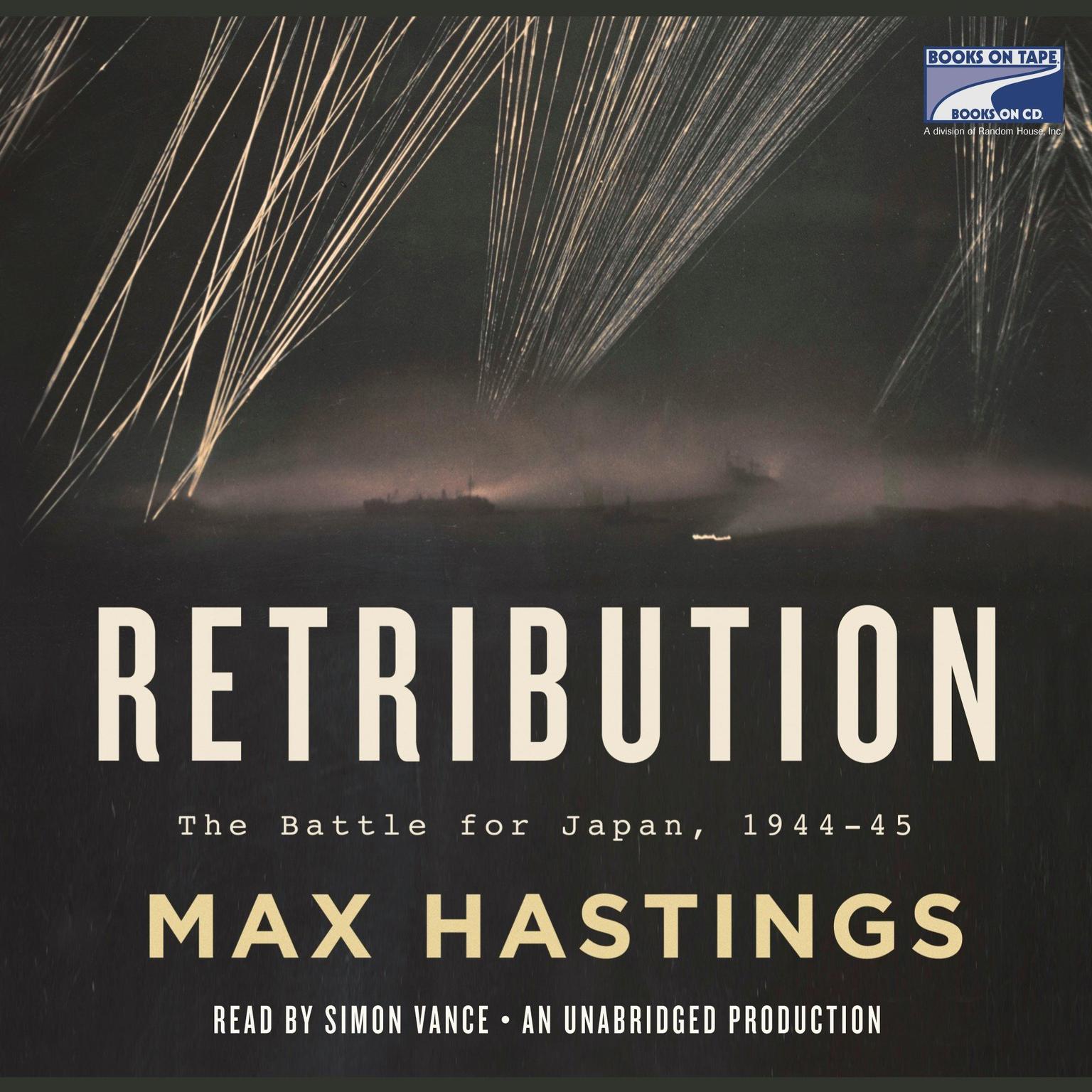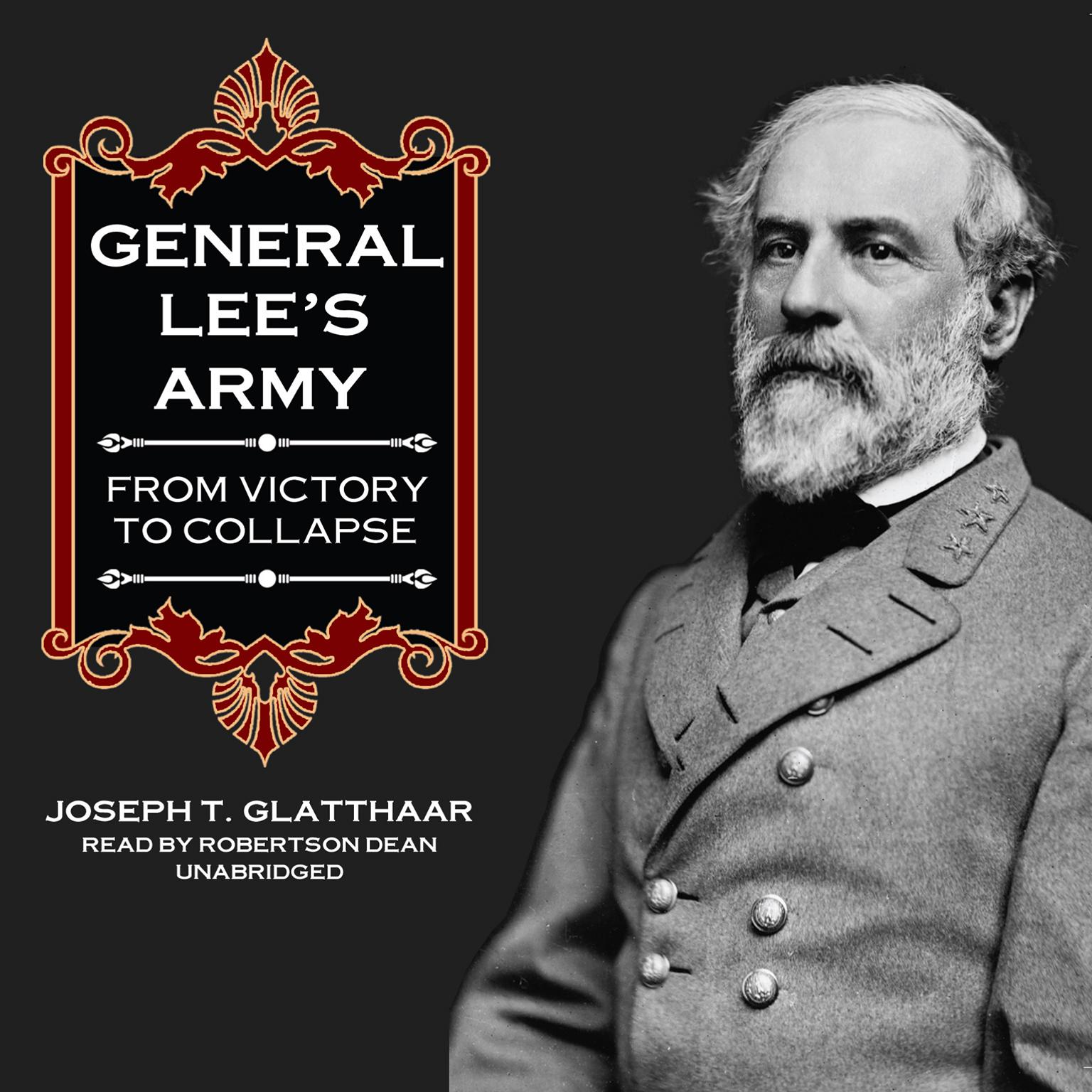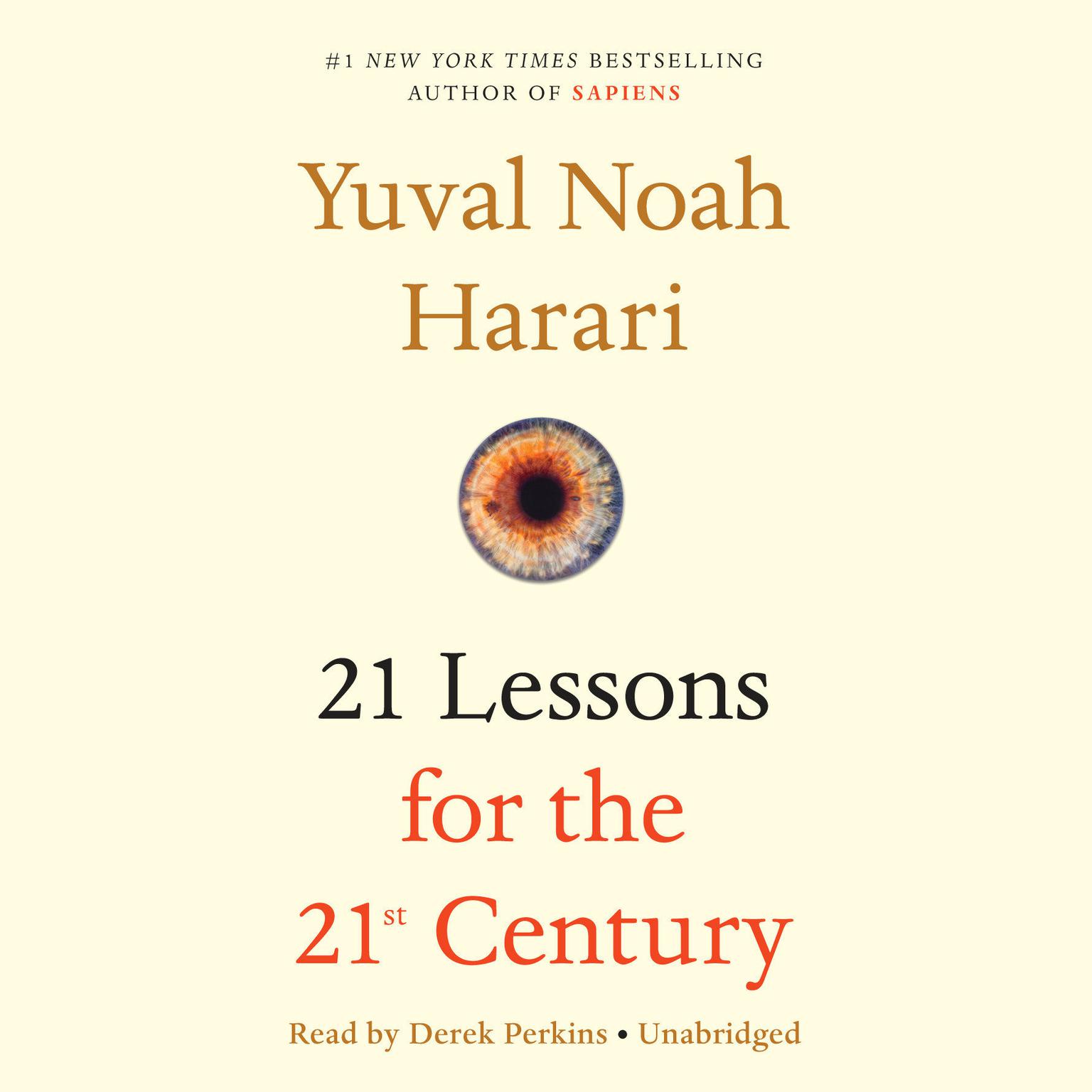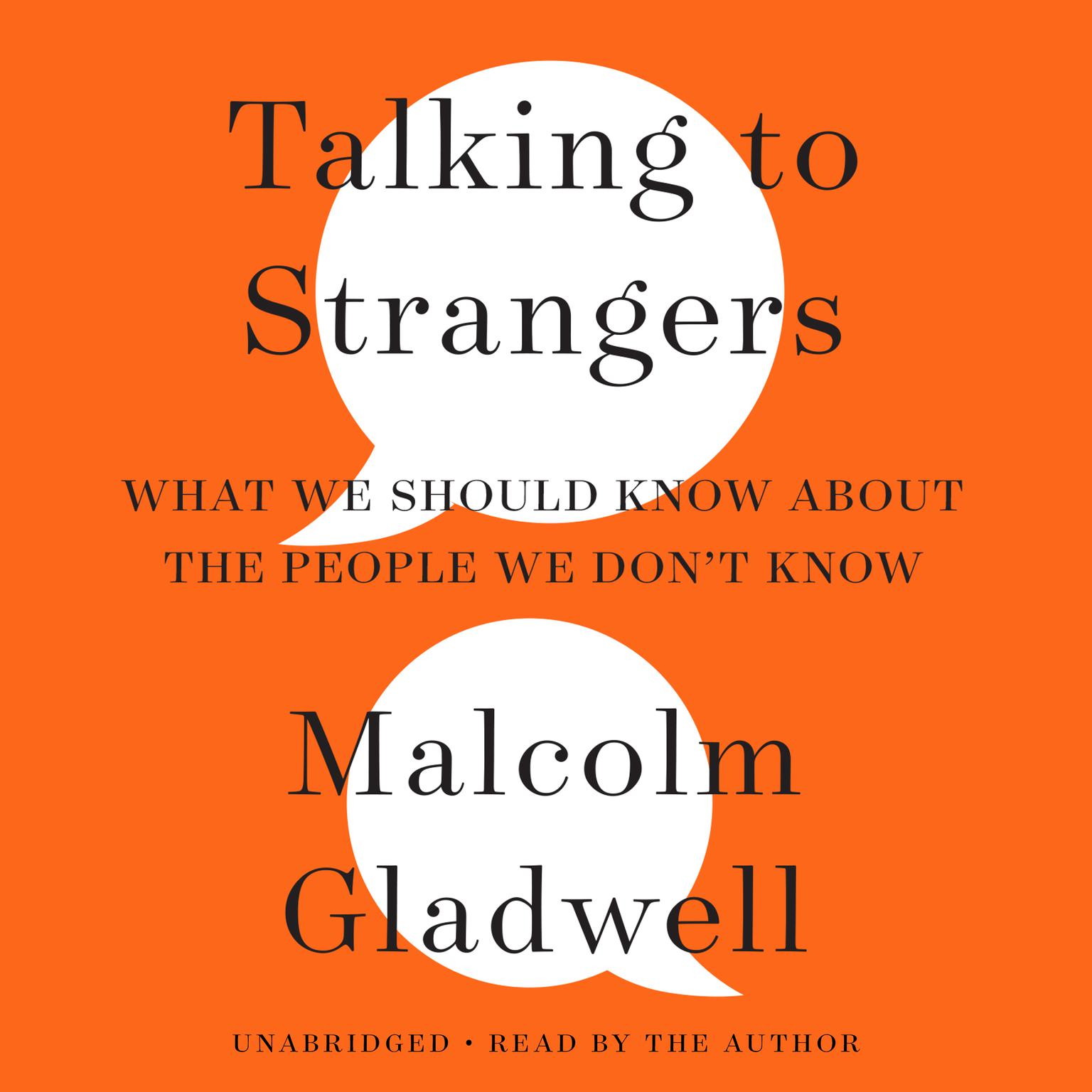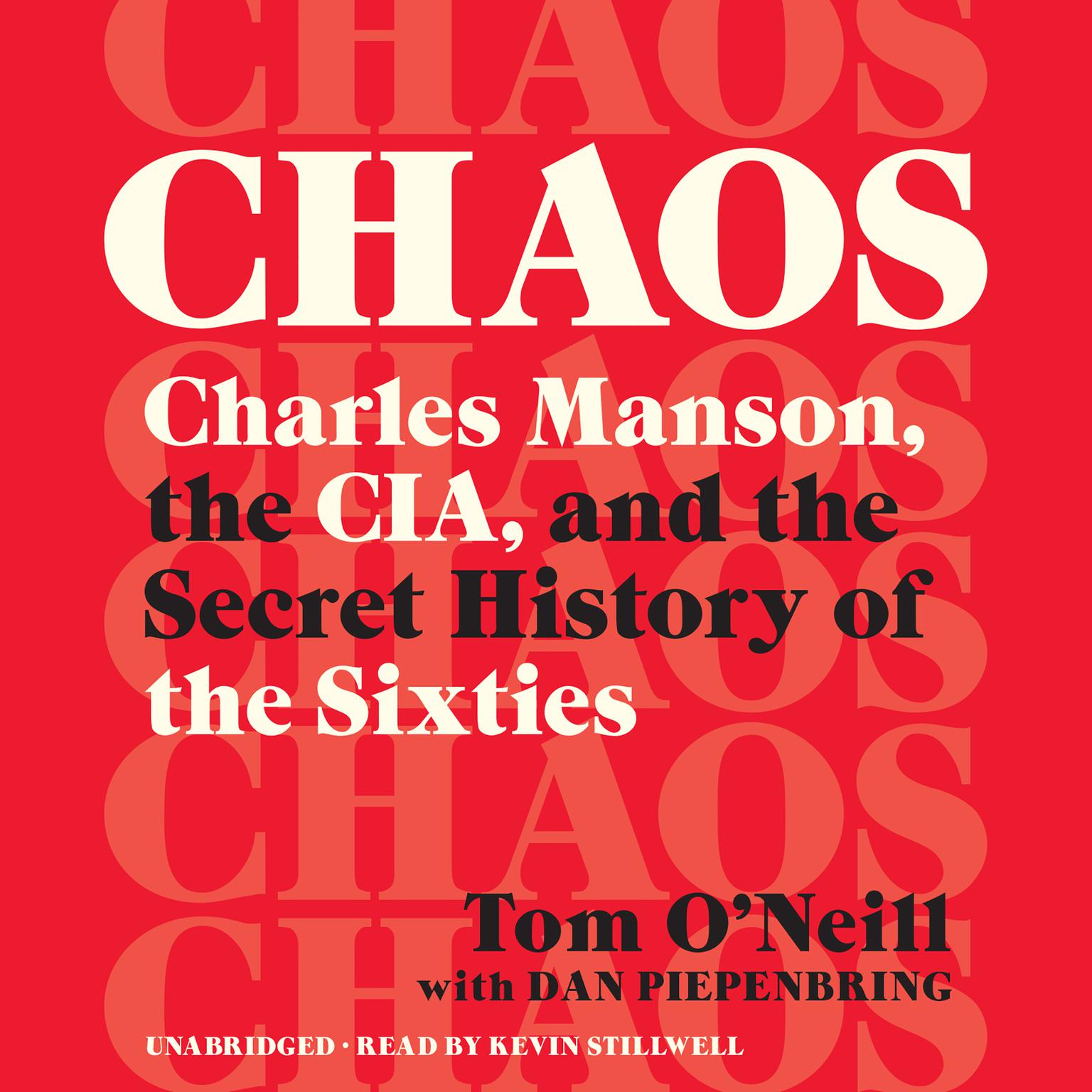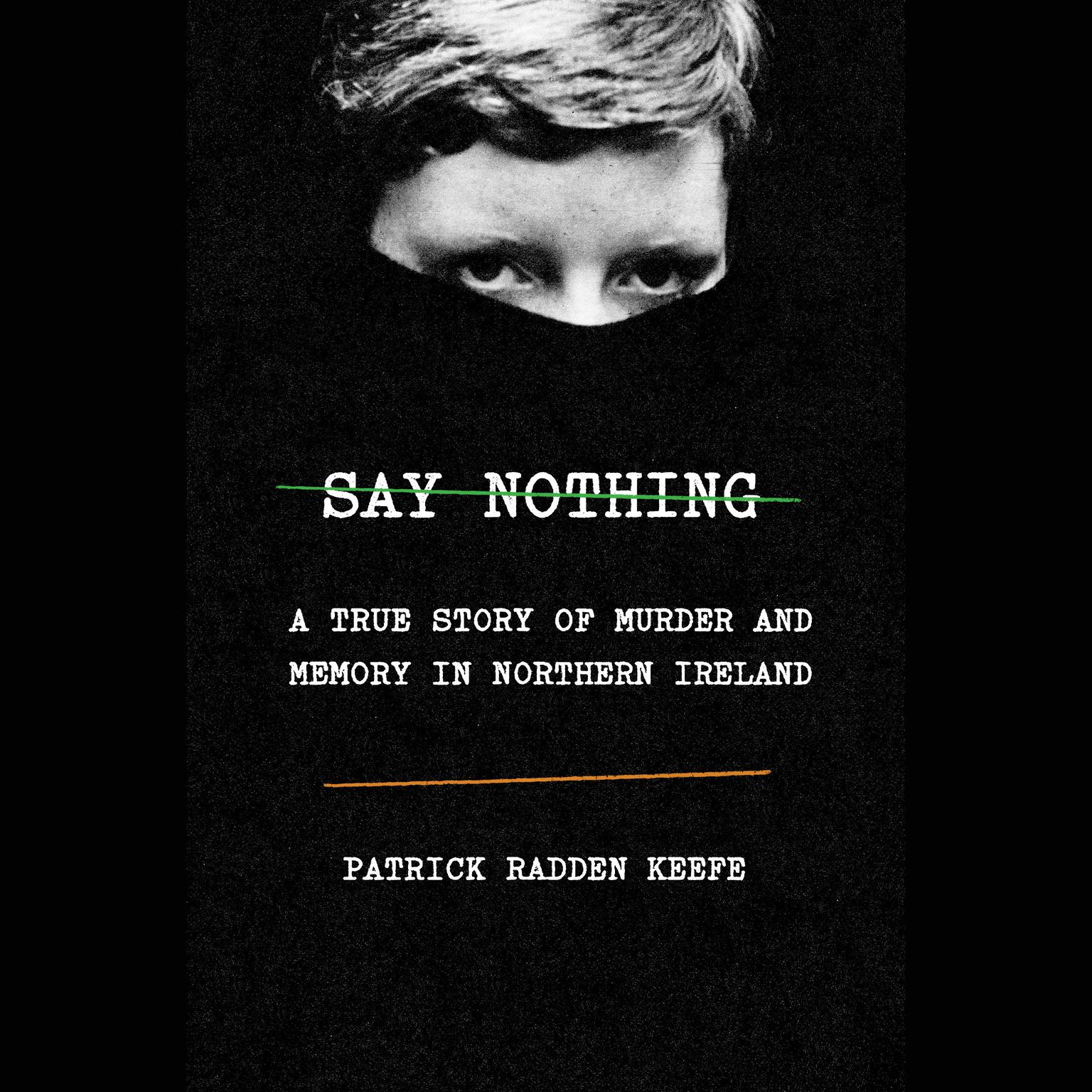Publisher Description
The building of the Panama Canal was one of the greatest engineering feats in human history. A tale of exploration, conquest, money, politics, and medicine, Panama Fever charts the challenges that marked the long, labyrinthine road to the building of the canal. Drawing on a wealth of new materials and sources, Matthew Parker brings to life the men who recognized the impact a canal would have on global politics and economics, and adds new depth to the familiar story of Teddy Roosevelt’s remarkable triumph in making the waterway a reality. As thousands of workers succumbed to dysentery, yellow fever, and malaria, scientists raced to stop the deadly epidemics so that work could continue. The treatments they developed changed the course of medical history. The opening of the Panama Canal in 1914 spelled the end of the Victorian Age and the beginning of the “American Century.” Panama Fever brilliantly captures the innovative thinking and backbreaking labor, as well as the commercial and political interests, that helped make America a global power.
Download and start listening now!
“Having been all the way through the canal within the past few months, I picked up this book to try to get a feel for how this marvel of engineering came about. Parker’s book is very well written and does a fine job of explaining the history of the building of the canal so that non-technical people like myself can understand it. He begins in the time of the Spanish explorers, when Balboa was able to walk from ocean to ocean over the narrow isthmus of land there, through the French efforts and debacle under the aegis of Ferdinand deLesseps, the builder of the Suez Canal, through the Americans time there and their ultimate completion of the Canal. What Parker manages to convey is that the story of how America got its foothold in Panama is not a pretty one. Nor was the story of its construction — the death tolls were staggering. Another plus of this book is that Parker avoids telling the story from solely the views of American white men; he takes a lot of his information from journals and stories left behind by workers from Jamaica and Barbados, whose treatment as minorities was unequal to say the very least. African-American workers looking for work there were soon disillusioned as well. Even though the people from the West Indies were lauded by the engineers as being the best workers, their treatment was deplorable. Parker also looks at the toll taken by diseases (yellow fever, malaria) and how the US Government at first pooh-poohed the efforts of Dr. William C. Gorgas, later Surgeon General of the US in his advocating of the eradication of conditions that were conducive to the spread of these diseases. The author’s look at US intervention in Panamanian politics was eye-opening as well.
Overall, it was a fine book; a bit rushed toward the end but still quite good. I would have liked to have read more about the effects of the canal-building effort on the environment, but I suppose that’s another volume unto itself.
Recommended for people who like a well-written and easily accessible history; also for people who are interested in the topic. Beware — it’s a weighty book but imho, well worth every second spent reading it.”
—
Nancy (4 out of 5 stars)
